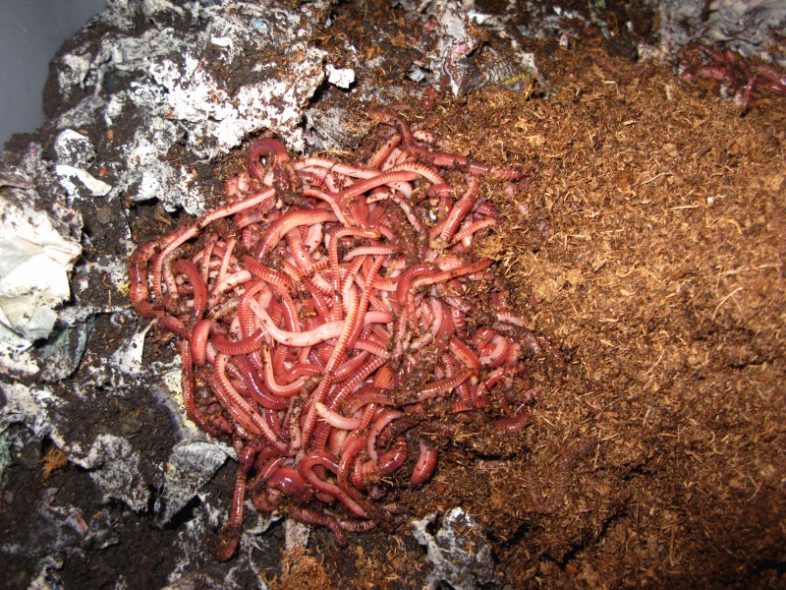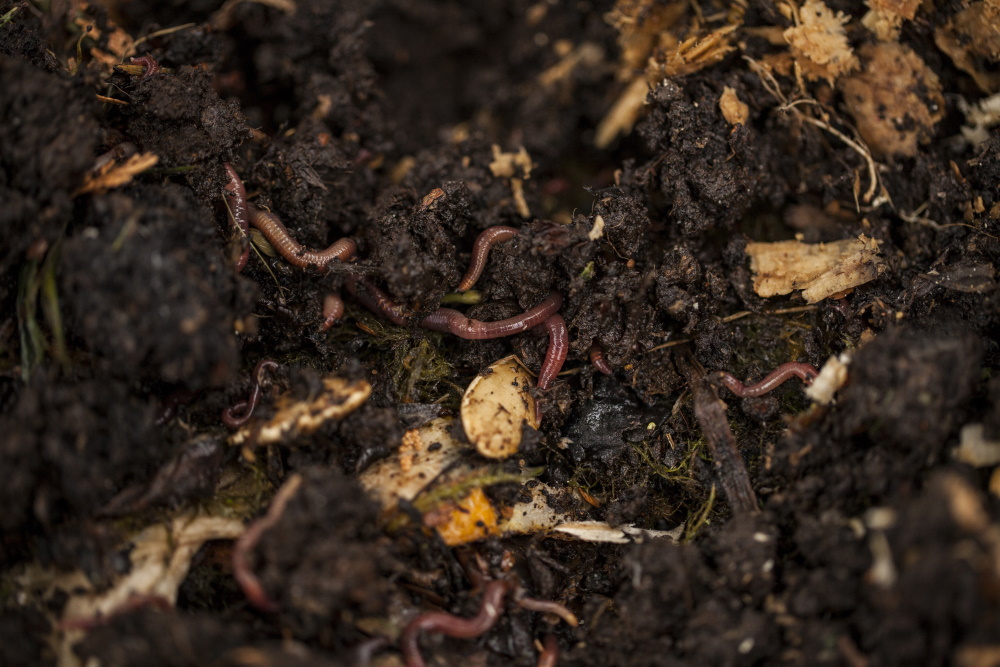Red Wiggler Express for Beginners
Red Wiggler Express for Beginners
Blog Article
Red Wiggler Express Fundamentals Explained
Table of ContentsSome Of Red Wiggler ExpressExamine This Report about Red Wiggler Express7 Simple Techniques For Red Wiggler ExpressThe Ultimate Guide To Red Wiggler ExpressThe Single Strategy To Use For Red Wiggler Express

If you're at all in tune to the farming information of late, you're well aware that soil health is in decline all over the globe a concern that is having a dreadful influence on our food systems. The solution to this worldwide issue? Worms.
Some begin vermicomposting as a hobby and scale up, whereas others have the intention right from the start to produce a profit-making company. They may be farmers, area garden volunteers, entrepreneurs, landscaping companies, greenhouse cultivators, or personnel at establishments that generate food waste.
The 5-Second Trick For Red Wiggler Express
One of the most usual reasons for venturing into commercial vermicomposting is the need to reuse organic waste right into items that enhance dirt and plant wellness. Soil health has actually just recently become an essential international worry. The United Nations Food and Farming Organization stated 2015 the International Year of Dirts to increase recognition of soil's duty in food protection and healthy and balanced community feature.

In the interior of a landfill, organic products damage down in an anaerobic setting and release methane, a greenhouse gas that is 25 times much more powerful than carbon dioxide (Vermicompost). A far better option to landfilling food waste and other organic materials is to vermicompost them. What was as soon as considered waste can be changed right into beneficial products that nourish soils and plants
Red Wiggler Express Fundamentals Explained
For the previous 25 years in dozens of papers, publication chapters, and meetings, I have referred to the finished product of vermicomposting as vermicompost. This term is frequently utilized to identify the mix of earthworm castings (feces) and leftover bed linen and feedstock (organic material) that is collected from worm beds.
After substantial thought, I decided to utilize the term vermicast throughout this book, for 2 important reasons. One is because many individuals use the terms compost and vermicompost mutually, not understanding that the end item of vermicomposting is qualitatively different from compost. I believe it would certainly profit the vermicomposting industry to distance itself from the term compost in referring to its items.
Composting is the controlled process of transforming natural materials right into a useful dirt change under aerobic problems utilizing naturally created heat. In contrast, a vermicomposting pile or worm bin should be preserved so that it does not warm up. In a garden compost heap the types and quantities of varieties of microbes change when the pile reaches thermophilic temperatures of 106F (41C) or higher.
3 Simple Techniques For Red Wiggler Express
The lower line delineating the distinction in between garden compost and vermicast, however, (https://red-wiggler-express-47975219.hubspotpagebuilder.com/red-wiggler-express/fishing-organic-and-pets-how-red-wiggler-express-can-transform-your-green-routine) is that the latter has gone through earthworms. Therefore, vermicomposting is more similar to animals manufacturing than to composting; it needs pet husbandry skills to correctly care for the worms. A second factor to use the term vermicast is to avoid item labeling that can be perplexing to customers.
Creative Commons. Worm spreading is the final item of worm digestion and can be merely called worm manure. It is abundant in organic matter and helpful microorganisms that generate and help your garden. Study conducted by Professor Arancon from the College of Hawaii at Hilo has revealed that using earthworm soil amendments increases the growth, blooming, and return of plants such as bell peppers, strawberries, and grapes.
Sustainable gardening is exercised when no-cost or affordable changes such as the use of worm spreading from vermicomposting is integrated. Collected raw material in vermicompost bins. Photo by Maggie Chen. Worms play this integral duty in the vermicomposting process and also in minimizing the impacts of climate adjustment. Landfill gas (LFG) is sent out as a natural result of natural material disintegration, such as food waste disintegrating in landfills.
In the previous two hundred years after the Industrial Change, methane concentrations within the ambience have greater than increased due in large part to anthropogenic human-related tasks (Gardening). Around half of LFG launched from landfills is co2 and the rest is a little percent of non-methane organic compounds. Methane is a powerful greenhouse gas that remains in the environment for a much shorter time in comparison to carbon dioxide however both are launched in the ambience in large amounts from differing resources one of which is organic material disintegration from land fills
What Does Red Wiggler Express Do?

Is there a food waste or vermicomposting system on your regional university? It is seen that lengthy lasting and impactful actions on a system wide scale can start with a solitary little worm. this link Worms may be traditionally associated with this gory and spooky period, however when thinking about the interconnected impact of the vermicomposting process (on boosting dirt health and wellness and plant development in your yard, alleviate environment modification, and equipping trainees) offer some recognition to the plentiful advantages that worms provide.
Report this page